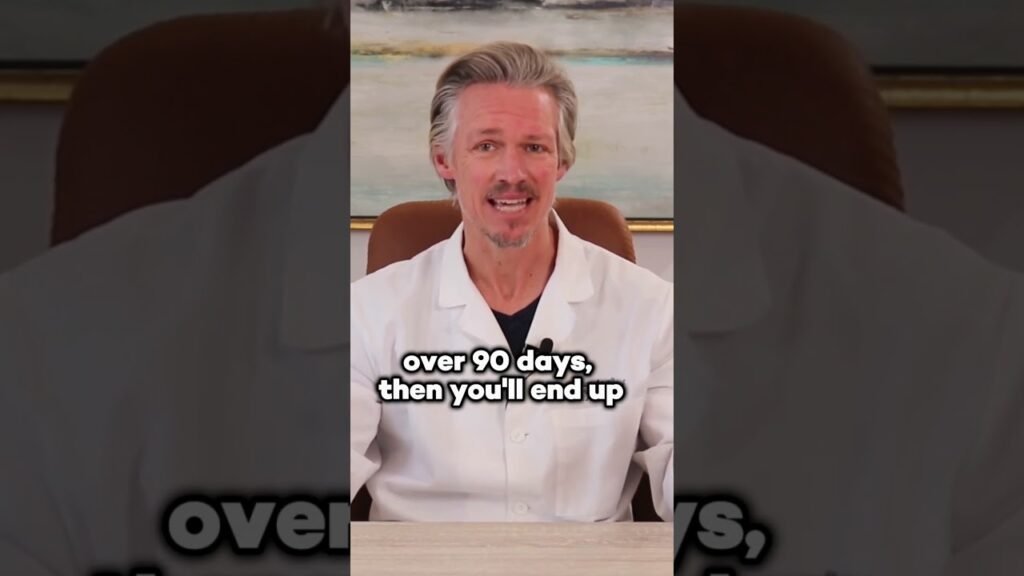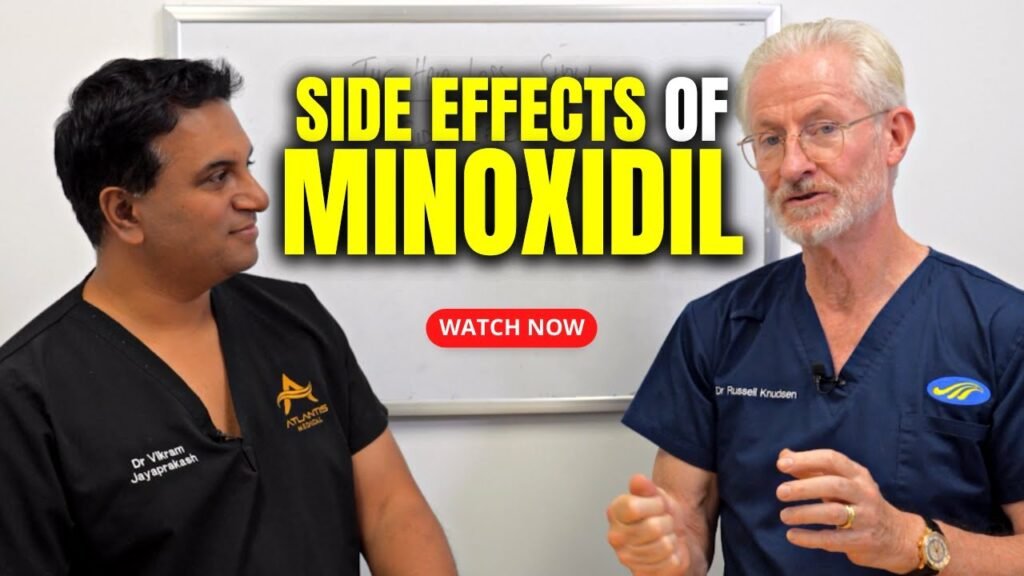Understanding Minoxidil: What It Is and How It Works
Minoxidil is a topical medication widely recognized for its effectiveness in treating hair loss. Originally developed as an oral medication for high blood pressure, it was discovered to have an intriguing side effect: the promotion of hair growth. This led to its topical formulation specifically for addressing hair thinning and baldness. Available in various concentrations, minoxidil is often applied directly to the scalp, where it works to stimulate hair follicles and encourage hair regrowth.
How Minoxidil Works
The exact mechanism by which minoxidil promotes hair growth is not fully understood, but it is believed to enhance blood flow to the hair follicles. By widening the blood vessels, minoxidil increases the delivery of oxygen, nutrients, and hormones to the follicles, which can prolong the anagen (growth) phase of the hair cycle. This process can lead to thicker and longer hair over time. Minoxidils role in follicular health is crucial, as it helps revitalize shrunken hair follicles, allowing them to return to their normal size and produce healthy hair strands.
When applied consistently, minoxidil can significantly slow hair loss and, in some cases, even reverse it. However, its important to note that results can vary from person to person. Consistency is key; regular application is necessary to maintain hair growth benefits. Users typically start seeing results within three to six months of consistent use. While minoxidil is effective for many, it may not work for everyone, and discontinuing use will usually result in a return to previous levels of hair loss.
Immediate Effects: What Happens When You Stop Using Minoxidil?
Ceasing the use of minoxidil, a popular topical treatment for hair loss, can lead to several immediate effects that users should be aware of. One of the most noticeable changes is the shedding of hair. Minoxidil works by prolonging the anagen phase, the active growth stage of hair follicles. When you stop using the product, the hair may quickly revert to its previous state, leading to increased shedding as the follicles return to their natural cycle.
Another immediate effect observed is the reversal of hair regrowth achieved while using minoxidil. This medication requires consistent application to maintain results. When discontinued, any hair regrowth that occurred as a result of the treatment may gradually diminish. This is because minoxidil does not cure the underlying cause of hair loss but rather stimulates hair growth temporarily. As a result, within a few months, users may notice a return to the hair density they had before starting the treatment.
For some, stopping minoxidil might also lead to a dry or irritated scalp. Minoxidil formulations often contain alcohol, which can dry out the scalp when used regularly. Upon discontinuation, the scalp might take some time to adjust, potentially resulting in dryness or irritation. Its important for users to monitor these changes and consider adopting a gentle scalp care routine to alleviate any discomfort during this transition period.
Long-term Consequences: Hair Loss After Stopping Minoxidil
When individuals decide to stop using Minoxidil, a common concern is the potential for hair loss to resume. Minoxidil, an FDA-approved topical treatment for hair regrowth, works by stimulating hair follicles, promoting increased hair density and thickness. However, discontinuation can lead to the reversal of these effects. This often occurs because Minoxidil does not address the underlying causes of hair loss but rather enhances the growth phase of hair follicles while in use.
Upon stopping Minoxidil, many users experience what is known as «shedding.» This phenomenon can be alarming, as it often results in noticeable hair thinning. The shedding occurs because the hair follicles, no longer stimulated by the medication, may revert to their previous state, which could mean returning to a shorter growth cycle. As a result, hair that was previously retained or grown due to Minoxidil might fall out, leading to an appearance similar to or worse than before treatment began.
For those concerned about long-term hair loss after ceasing Minoxidil, it is crucial to understand that individual responses vary. Factors such as the extent of hair loss prior to starting Minoxidil, genetic predispositions, and overall hair health play significant roles. Some users may find that their hair returns to its pre-treatment state, while others might experience accelerated loss. It is advisable for individuals to consult with a healthcare professional or dermatologist to explore alternative treatments or to devise a comprehensive plan that includes lifestyle changes, dietary adjustments, or other medications to manage hair health effectively.
Alternative Treatments: Options After Discontinuing Minoxidil
After discontinuing Minoxidil, many individuals seek alternative treatments to maintain or enhance their hair health. One popular option is low-level laser therapy (LLLT). This non-invasive treatment involves using laser devices to stimulate hair follicles, promoting hair growth and improving the thickness of existing hair. Devices like laser combs and helmets are designed for home use, offering a convenient way to continue treatment without the need for topical applications. Clinical studies have shown promising results, making LLLT a viable option for those looking to support hair growth after stopping Minoxidil.
Another promising alternative is nutritional supplementation. Ensuring that your diet includes essential vitamins and minerals can significantly impact hair health. Supplements rich in biotin, zinc, and iron can support hair strength and growth. Omega-3 fatty acids, found in fish oil supplements, are also beneficial due to their anti-inflammatory properties, which can help improve scalp health. Incorporating these nutrients either through diet or supplements can provide a natural boost to hair vitality.
For those interested in topical solutions, natural oils and serums can offer a gentler approach to hair care. Ingredients such as rosemary oil, peppermint oil, and castor oil have been traditionally used to promote hair growth and improve scalp circulation. These oils can be massaged directly into the scalp or mixed with carrier oils for a nourishing treatment. Additionally, products containing saw palmetto extract are gaining popularity due to their potential to block DHT, a hormone linked to hair loss.
Expert Advice: How to Safely Transition Away from Minoxidil
Transitioning away from Minoxidil requires a strategic approach to ensure that you maintain hair health and minimize any potential side effects. Consulting with a healthcare professional or dermatologist is the first step in this process. These experts can provide personalized advice based on your hair type and medical history. They may suggest alternative treatments or supplements to support hair growth and reduce dependency on Minoxidil.
Gradual Reduction is Key
A gradual reduction in Minoxidil usage is often recommended to minimize the risk of hair shedding. Tapering off the medication allows your scalp to adjust to the decreased levels. For example, if you are using Minoxidil twice daily, you might reduce it to once a day for several weeks, then every other day before discontinuing completely. This slow transition can help maintain the hair density you’ve gained while reducing potential withdrawal effects.
Incorporate Alternative Treatments
As you decrease Minoxidil, consider incorporating alternative hair growth treatments to support your transition. Options like low-level laser therapy, topical natural oils, and nutritional supplements rich in biotin and zinc can promote healthy hair. Additionally, maintaining a balanced diet and managing stress through techniques such as yoga or meditation can further support hair health during this period. Consulting with a specialist can help tailor these alternatives to suit your specific needs and ensure a smoother transition away from Minoxidil.


